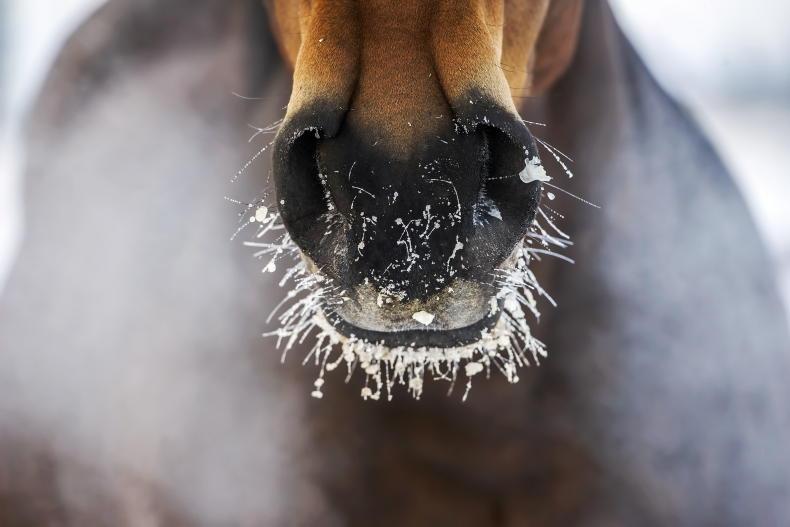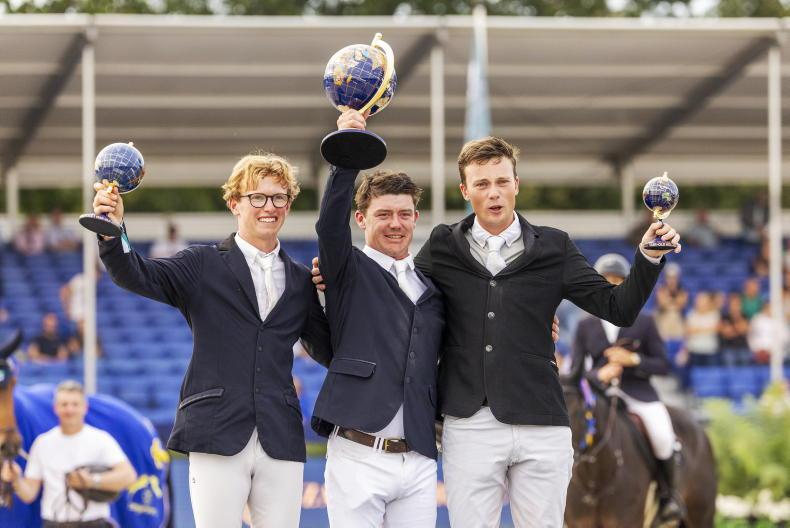Since last year’s edition of our annual breeding supplement, I’ve experienced both the birth of our first National Hunt foal, a beautiful Harzand filly, and just a couple of weeks ago, the loss of what was to be my pride and joy for 2023, an unborn Diarado x Teofilo foal. Both experiences were equally emotional and both were a reminder of the inherent grit required to weather the breeding storms.
The recent good news on the Targeted Agricultural Mechanisation Scheme (TAMS) grant opportunities for equine farmers comes under the Animal Welfare and Nutrient Storage Scheme and is well placed there. It makes perfect sense for Government to invest in supporting our equine farmers secure the right infrastructure to keep their stock safe and well. The knock-on effect of that is inevitably healthier, happier stock. In-turn that promotes better horse-human partnerships which can only encourage a more sustainable future for the industry given the pressures of social license.
Welfare
Welfare has been to the forefront of a number of debates in equestrian sport recently. Last week I delivered a speech to HRH Princess Anne and a packed house of welfare specialists at the Human Equine Interaction Register conference on best practice for off-track Thoroughbreds transitioning into equine therapy. Writing the speech got me thinking about blind spots in welfare in general. Beyond the whip debates and the Brexit transport mess, the truth is most of us are doing our utmost to support our horses’ well-being. But are there still questions we are not asking in terms of the breeding industry? It was with this in mind that I commissioned a series of articles by some of our top vets and experts, to unpack some welfare questions in the day-to-day business of equine reproduction.
The stallion is often the symbol of power and performance in breeding, and as fashions change with every shiny new brochure printed, are we able to say we are truly treating our stallions equally to our performance stock? Do they get good turn-out, do they get contact with other horses outside the mating context? What about the teaser? Is his well-being valued as much as our breeding mares? Vet Joe Collins leads the discussion.
Artificial insemination, intracytoplasmic sperm injection (ICSI) and embryo transfer are common topics in breeding discussions across the country at this time of year, but these procedures can be invasive and for some mares uncomfortable. Are we giving them enough time to recuperate after repro procedures? Dr Susan Salter gives an overview of artificial breeding procedures, focusing on best practice for positive results.
Talented
Fresh from working on some of Ireland’s most talented Irish Cheltenham runners, veterinary physiotherapist, Leah Kent, keeps muscles in mind when it comes to our breeding stock health, are we keeping them in top condition for the job? Wendy Conlon of Teagasc shares her expert advice on the care of our delicate neonatal foals and we also get a chance to have some frank discussion with breeders north and south of the border, getting a rare glimpse at their breeding programmes and thoughts on the industry. Guest journalist Adriana van Tilburg delves into the history of one of the most influential stallions of them all, Capitol I, plus there’s all the usual advice for your mares, stallions and foals from our wealth of nutritional specialists.
Our Bloodlines, Sweat and Tears webinar (available to watch here) features Minister Martin Heydon and TAMS specialist Robert Leonard, answering many of your questions on eligibility and the TAMS application process. Two of the Equine Farming Taskforce, Patrick Hester and Michael Doherty, join the panel as do Olympian Marion Hughes and Youngster Tour founder Oonagh Kennedy, both discussing how we can best support our young breeders and producers. I urge you to give it a watch.
For now, I wish you all a safe and successful breeding season, and remember to also look after yourself as you care for your horses - welfare is not just an animal issue.









SHARING OPTIONS